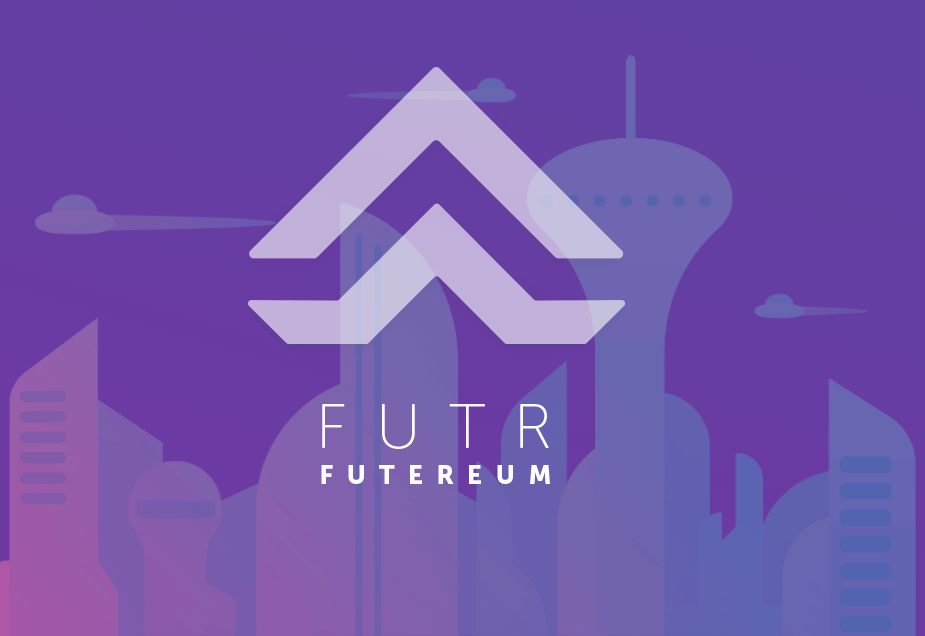

One of the most intriguing aspects of Ethereum (and Bitcoin for that matter) is the immense possibilities surrounding utility tokens, and how one could potentially mimic financial systems in a transparent and permissionless way.
Imagine having the ability to own a blockchain-based digital representation of any asset in existence. This could be a synthetic share, where holders receive dividends and have a liquid market to sell it to without actually owning those shares. I’m saying shares, but honestly, it can potentially be anything you want – futures, bonds, or any other financial instrument you can think of.
To achieve the desired outcome, you would need to create a set of tokens with deterministic rules which add value on top of each other. This means you are not creating synthetic value, but rather synthetic utility.
During the weekend, I had the pleasure to discuss the Zurbank project with its founder Daniel M Harrison (DMH), someone who I consider to be a true blockchain evangelist and crypto heavyweight.
To watch the full interview, please visit DMH’s YouTube channel.
As explained by Daniel Harrison: “Synthetically-mined tokens are tokens which are issued up to a specific hard cap and receive currency in their smart contract that is locked away. The value of this currency ‘backs’ the token and offers buyers a guide price as to the intrinsic value of the token. The contents of the SMT smart contract is always locked. It is the unpegged gold-standard of crypto.”
What this means is that you can potentially create new ways of saving within the blockchain sphere without the risk of losing value, as your investments are safely stored in smart contracts. There are three types of synthetic utility functions these tokens create:
In essence, what Futereum brought to the Ethereum ecosystem was the very first synthetic form of value that is created automatically via smart contracts. The implications of this achievement are in no way minor. In order to successfully create synthetic utility and not synthetic value – directly associated with the terrible sub-primes which destroyed the housing market in 2008-2014 – one must take into consideration how said value comes into existence.
To put it simply, Futereum follows a number of rules that give it value:
By not deviating from this formula, Daniel Harrison made sure that any token associated with Futereum smart contracts will reward the entire community.
There are five main tokens that make up the Zurbank ecosystem, including additional ERC-20 tokens that are used to mine the FUTB smart contract. The above image can be explained below:
Although I do not think the Futereum project is simple to grasp, its ultimate goal and inner-working mechanics are worth the effort to learn.
The interactions between tokens and how the payouts have been calculated are clever in order to properly incentivise holders to keep tokens circulating between contracts (for instance, some rewards are based on the Bitcoin mining rewards algorithm).
I tip my hat to Daniel Harrison for creating a well-designed and perfectly executed project. I’m looking forward to playing around with FUTR in the near future, as it seems an epic way to finally have a smart contract-based savings account.
Disclaimer: This article isn’t financial advice or promotional material; it represents my personal opinion and should not be attributed to Coin Rivet. I have savings invested in cryptocurrency so take whatever I write with a grain of salt. Do not invest what you cannot afford to lose and always read as much as possible about a project before investing.
Denver, Colorado, 24th February 2025, Chainwire
Denver, Colorado, 20th February 2025, Chainwire
Washington, D.C., 18th February 2025, Chainwire
Dubai, UAE, 27th January 2025, Chainwire
Those who enter the market at this time may be surprised to hear that Bitcoin…
George Town, Grand Cayman, 22nd November 2024, Chainwire